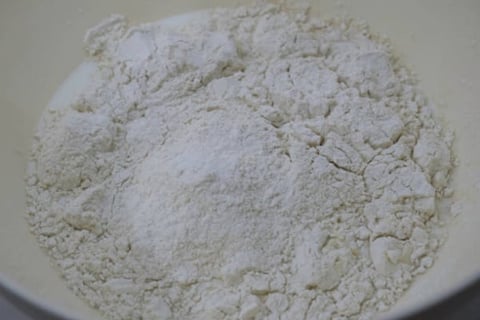Is fondaparinux the same as heparin??
When it comes to anticoagulants, there are several options available for medical professionals to use. Two commonly used anticoagulants are fondaparinux and heparin. While they both serve the same purpose of preventing blood clotting, there are some important differences between the two medications. In this article, we will explore the similarities and differences between fondaparinux and heparin to help you understand which option may be more suitable for your needs.
Understanding Fondaparinux
Fondaparinux is a synthetic anticoagulant that belongs to the class of medications known as factor Xa inhibitors. It works by specifically targeting and inhibiting factor Xa, which is a key component in the blood clotting cascade. By preventing the activation of factor Xa, fondaparinux effectively reduces the formation of blood clots.
One of the advantages of fondaparinux is that it has a predictable anticoagulant effect, meaning that it does not require regular monitoring of blood tests. This can make it a more convenient option for patients who require long-term anticoagulation therapy.

Exploring Heparin
Heparin, on the other hand, is a natural anticoagulant that has been used for many years. It works by binding to antithrombin III, a natural substance in the body that inhibits blood clotting. By enhancing the activity of antithrombin III, heparin effectively prevents the formation of blood clots.
Unlike fondaparinux, heparin requires regular monitoring of blood tests, such as the activated partial thromboplastin time (aPTT), to ensure that the dosage is appropriate and that the blood is adequately anticoagulated. This monitoring is necessary because the effect of heparin can vary among individuals, making it important to adjust the dosage accordingly.

Differences in Administration of Fondaparinux and Heparin
Another notable difference between fondaparinux and heparin is the route of administration. Fondaparinux is administered subcutaneously, meaning it is injected just under the skin. This can be done in a healthcare setting or even at home, depending on the patient's circumstances and preferences.
On the other hand, heparin can be administered both intravenously (directly into a vein) and subcutaneously. Intravenous administration is typically used in hospital settings, while subcutaneous administration may be suitable for certain patients who require long-term anticoagulation therapy.

Usage and Indications of Fondaparinux and Heparin
Both fondaparinux and heparin are used for the prevention and treatment of various conditions involving blood clots. Fondaparinux is commonly used for preventing blood clots in patients undergoing major orthopedic surgery, such as hip or knee replacement. It is also used for the treatment of deep vein thrombosis (DVT) and pulmonary embolism (PE).
Heparin, on the other hand, has a broader range of indications. It is commonly used in hospitals for the prevention and treatment of blood clots in various settings, such as in patients with acute coronary syndromes, deep vein thrombosis, or pulmonary embolism. Additionally, heparin is often used during surgeries or procedures that carry a high risk of blood clot formation.

Side Effects and Reversal of Fondaparinux and Heparin
Like any medication, both fondaparinux and heparin carry the risk of side effects. Common side effects of fondaparinux include bleeding, injection site reactions, and anemia. Heparin, on the other hand, may cause bleeding, heparin-induced thrombocytopenia (a decrease in platelet count), and osteoporosis with long-term use.
In the event of excessive bleeding or the need for urgent surgery, fondaparinux can be difficult to reverse. There is currently no specific antidote available for fondaparinux, although certain measures can be taken to manage bleeding complications. Heparin, on the other hand, can be reversed with the administration of protamine sulfate, which binds to heparin and neutralizes its anticoagulant effect.

Conclusion
While both fondaparinux and heparin are anticoagulant medications used to prevent blood clots, they differ in their mechanisms of action, administration routes, monitoring requirements, and indications. Fondaparinux offers the advantage of predictable anticoagulation without the need for regular monitoring, making it a convenient option for long-term therapy. Heparin, on the other hand, requires monitoring of blood tests and can be reversed in case of excessive bleeding. Ultimately, the choice between fondaparinux and heparin depends on the specific needs and circumstances of the patient and should be made in consultation with a healthcare professional.
Clinically, it is used for the prevention of deep vein thrombosis in patients who have had orthopedic surgery as well as for the treatment of deep vein thrombosis and pulmonary embolism.
Fondaparinux is similar to enoxaparin in reducing the risk of ischemic events at nine days, but it substantially reduces major bleeding and improves long-term mortality and morbidity.
We can supply intermediates for Fondaparinux sodium with high quality and competitive price, please contact us if you have any concerns, thanks

